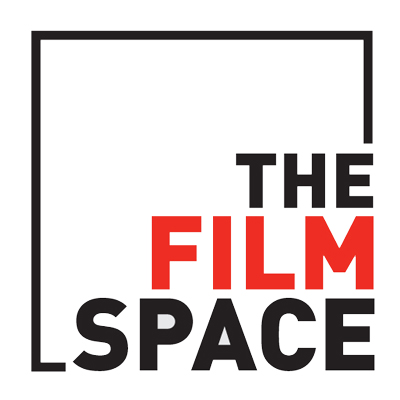Montage - The Hidden Language of Film
In the years between the Russian Revolution and the rise of Stalin, Soviet filmmakers invented radical new ways of using film. They explored how images could be combined and contrasted to get ideas across, and how the rhythm and pace of editing and the use of music could stir emotions. The montage techniques they developed offer exciting and creative opportunities for students to explore the relationships between picture, sound and editing. This session looked at the principles of Soviet montage, how these ideas are still used today, and how children can use montage in their own filmmaking. - Tom Barrance
Transformations: Intertextuality in the Digital Age
This workshop began with an exploration of various conceptual frameworks for textual study, including semiotics, Media Studies and Art and Design references. This theoretical base was applied to a range of text types to indicate inventive ways of approaching critical analysis in the secondary curriculum. The session concluded with some textual transformation exercises to consolidate the ideas visited during the workshop. - Martin Phillips
Image to Sound to Image
This workshop was based on Media Education Wales’ recent projects with Year 6 and 7 children and with adults. In this workshop we looked at different relationships between sound and image; how you can use moving images to stimulate poetry writing and performance; using digital cameras to explore metaphor; the process of planning a soundtrack; and using Final Cut Express semi-professional editing software to add movement and effects to still images. - Tom Barrance
Media Education & English
Although we know that visual and moving image texts can support and extend students' creative, analytical and argument-forming skills, it's often hard for over-stretched classroom teachers to find the time, energy and resources to combine engaging material with active media literacy strategies. This workshop will explore the relationship between reading and writing media, using innovative software programmes. PicturePower and MoviePower are designed to offer user-friendly whole-class approaches to media concepts and analysis, focusing on the role of editing in constructing meaning, and the development of writing and editing skills. Participants will explore hands-on the cross-curricular potential of these manageable one-stop resources, using stills, moving image extracts, soundtracks, sound recording and editing options to deconstruct and write in a variety of topics and genres, from advertising copy to environmental campaign, video poem to news items to music video. - Jenny Grahame
Putting Pacman in the Classroom
Computer games are now more widely available than ever. They are not just limited to computers and consoles but are invading our daily lives and our classrooms. Almost every day they are mentioned in the media, sometimes good, sometimes bad, and most Hollywood blockbusters now have an accompanying game. How much longer can we ignore them? There is a massive opportunity to grab our pupils' attention and engage with them in a new way. - Karen Anderson
Evaluating Collaborative Video Projects
This workshop explored the use of media wikis, blogging and podcasting as a tool for collaborative creativity in the classroom. During this workshop participants were encouraged to contribute to a collaborative environment by wiki entries, making blog entries. Participants also created podcasts and post them to the collaborative environment. - David Baugh
Just an Image
Jean-Luc Godard’s famous maxim, ‘Ce n’est pas une image juste, c'est juste une image’ was the starting point for this workshop. Why do we make images? Who for? How do we read images and how do we learn to do it? What images are truthful? Looking at images from Prehistory to Potemkin, from Potter to Picasso, we attempted to draw parallels between all areas of visual expression: fine art, photography and film. We explored the underlying values implicit in all visual images and learned to appreciate the modes in which meaning is constructed in all visual media. The workshop focused on ways in which students can develop skills in the interpretation and the construction of visual meaning within the digital environment. - Ian Wall
Creativity and Digital Video
"My presentation at the conference included a description of the Becta DV Pilot Project and a summary of the lessons learned from this and subsequent initiatives such as the Creativity in Digital Media Awards." - Tom Barrance, Director, Media Education Wales
Image, Text and Sound
This session built on some of the ideas of montage which were outlined in my Critical workshop, Montage – The Hidden Language of Film. In particular, we looked at the concept of ‘vertical montage’. - Tom Barrance
Animation
"Using ICT based animation within the classroom may seem to be a big challenge to the busy practitioner. This workshop dealt with various ways of getting started with ICT animation using approaches that are relevant to the Art curriculum. We used Photoshop and Flash software. One approach was to get participants to take a series of digital still images which they got the computer to animate. We then built on the concept of a timeline and showed how Flash can be used to create a variety of different animations." - Alistair Fitchett and Richard Knights
